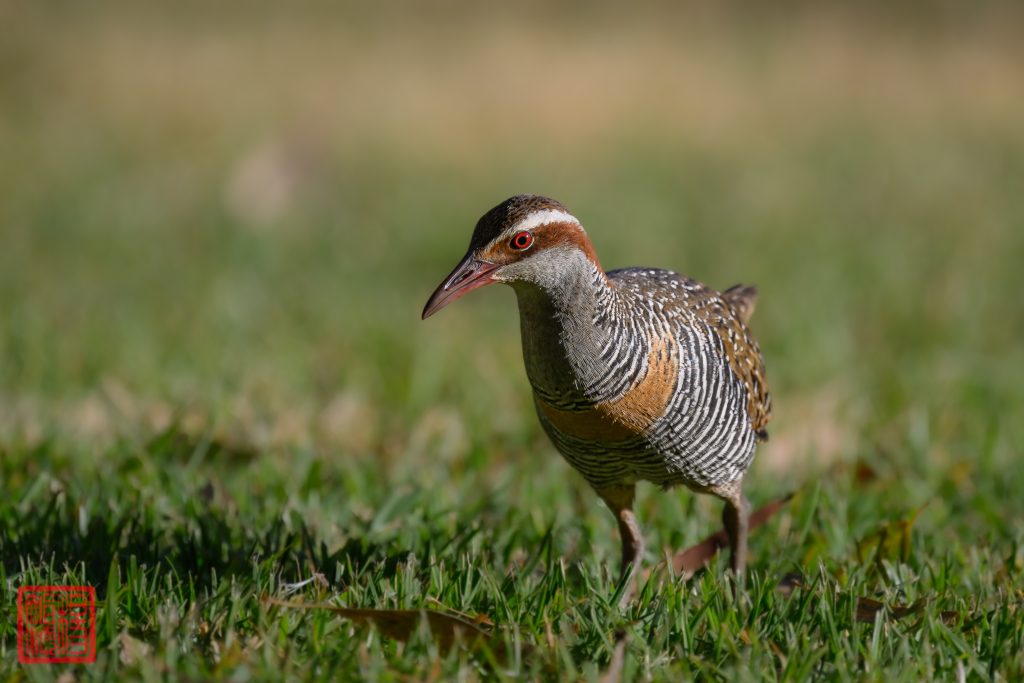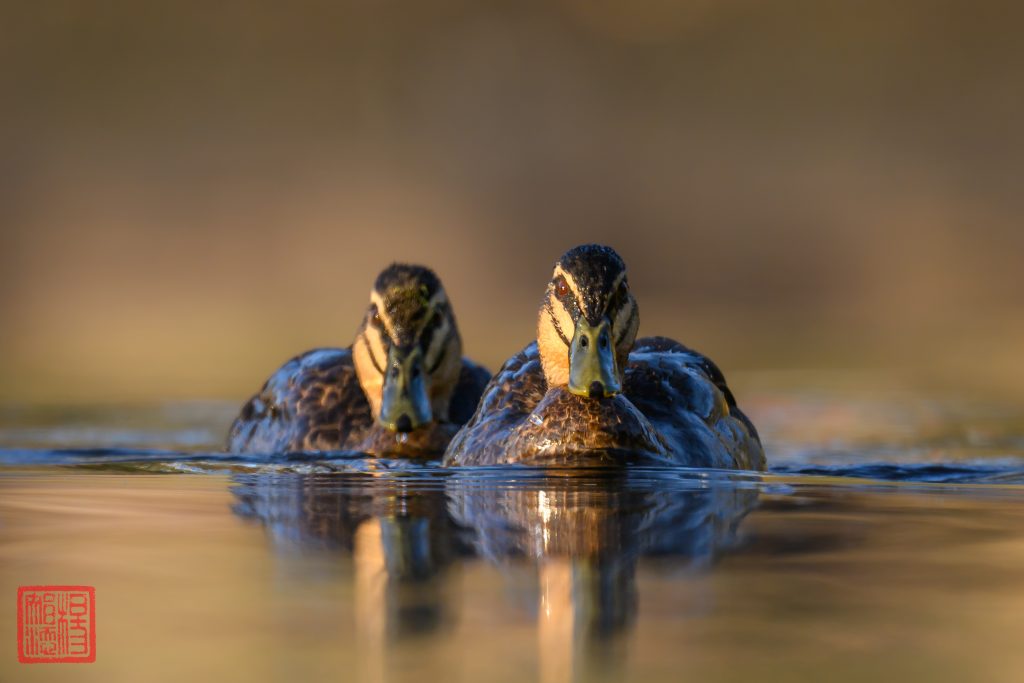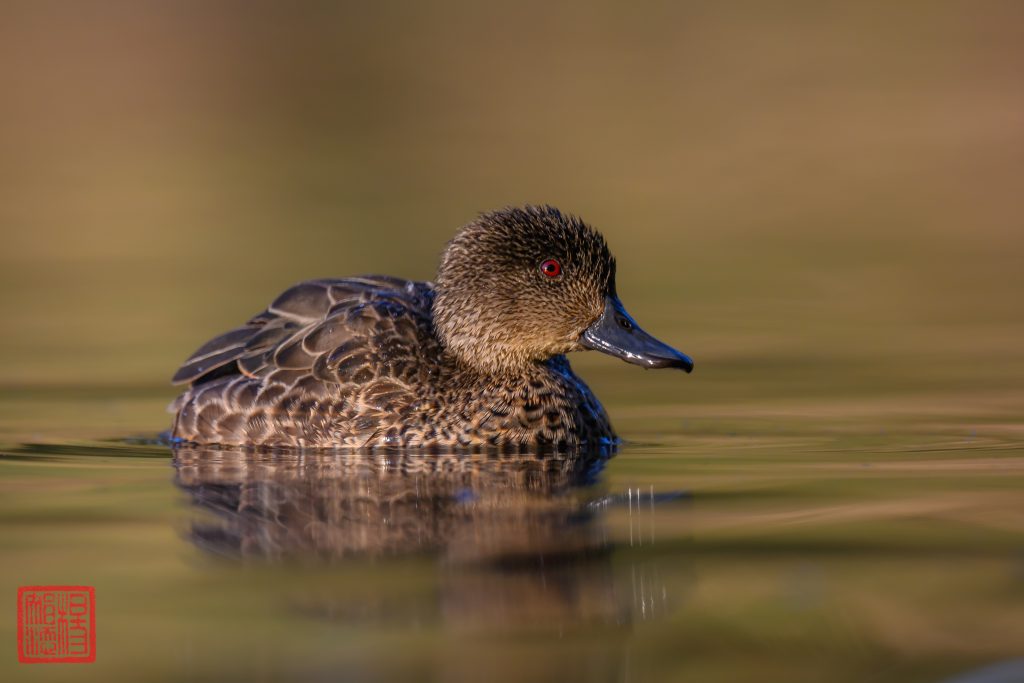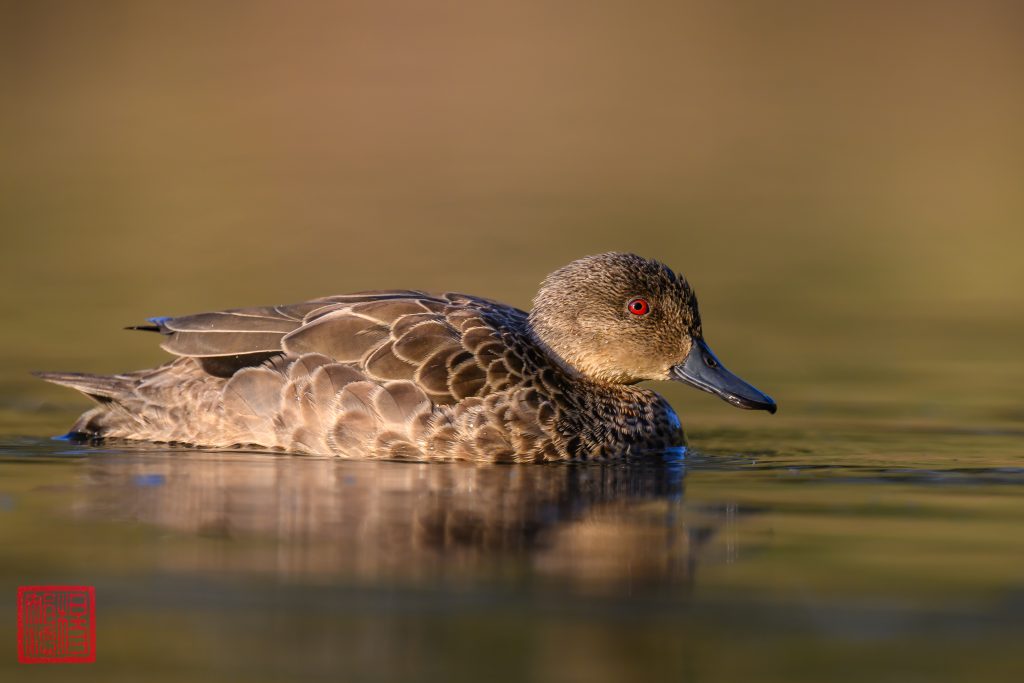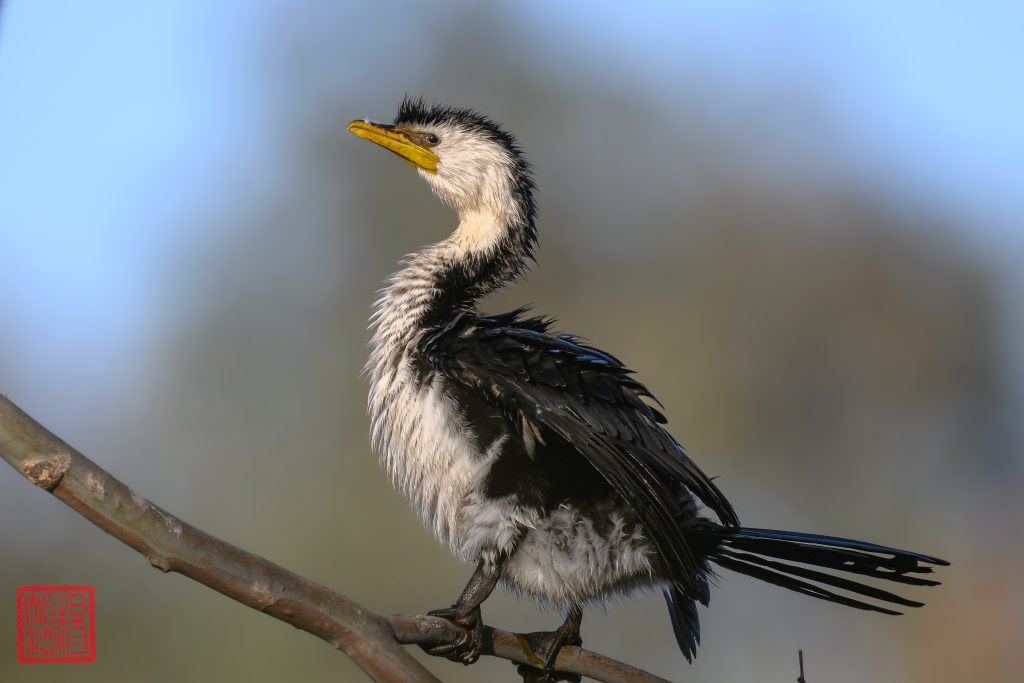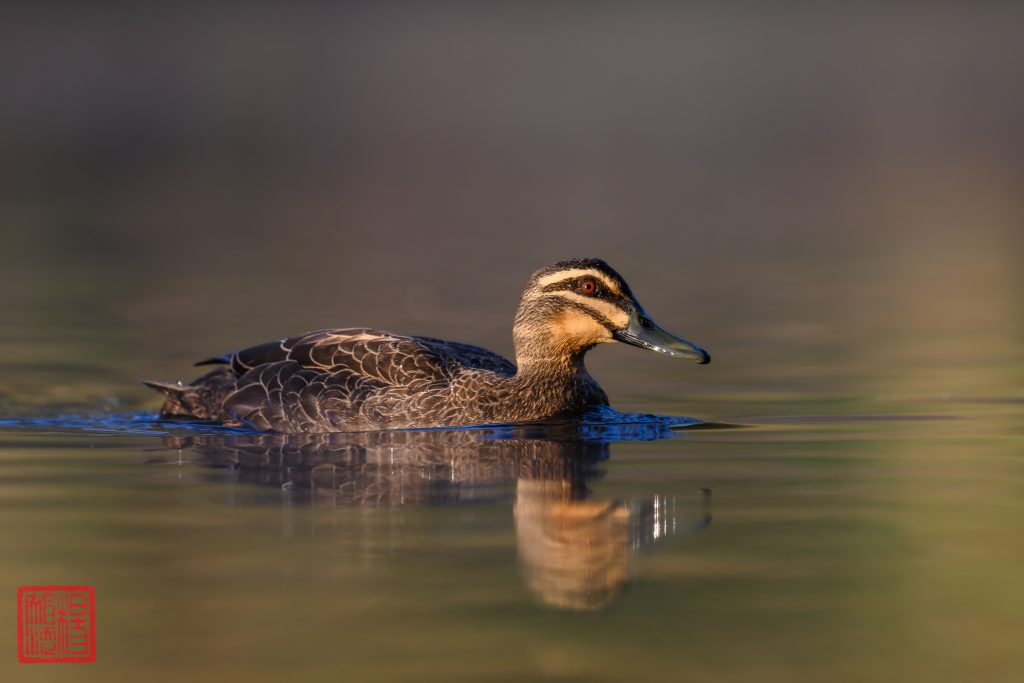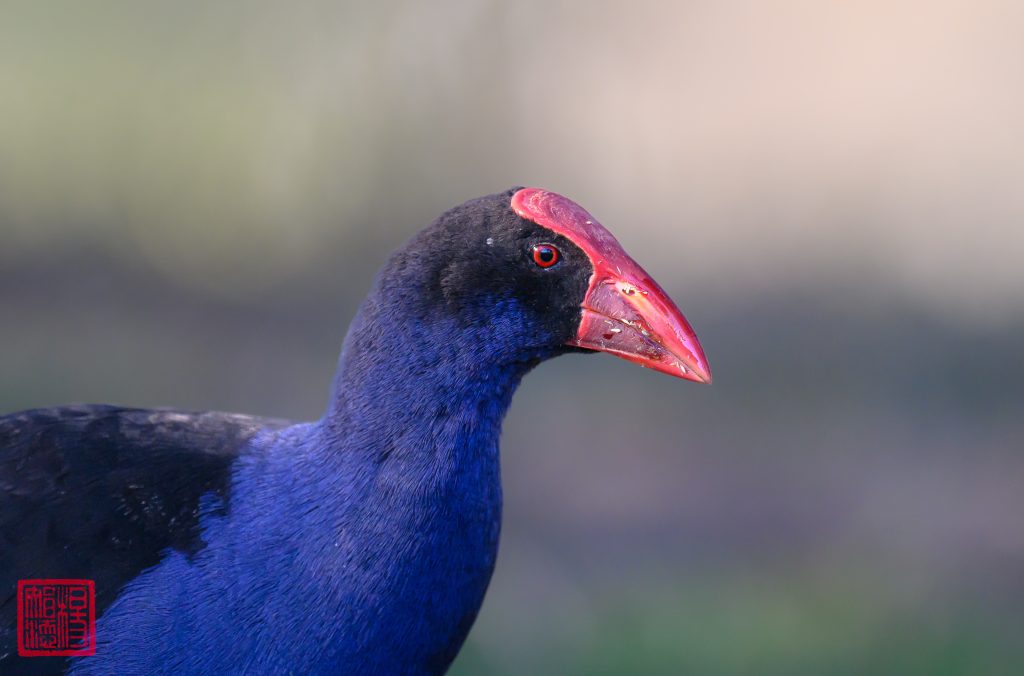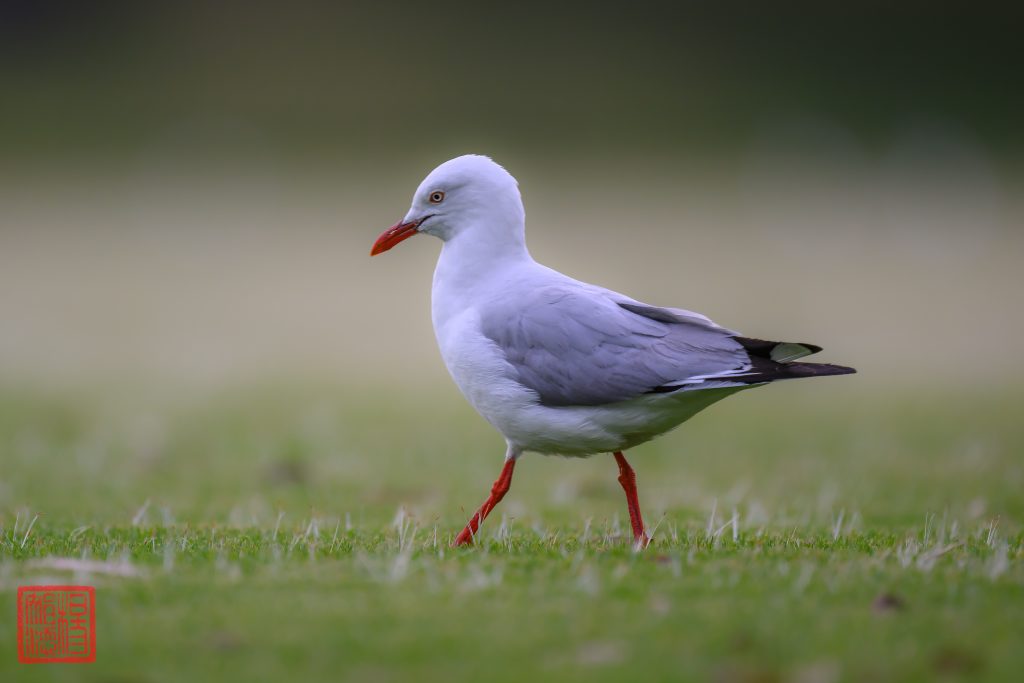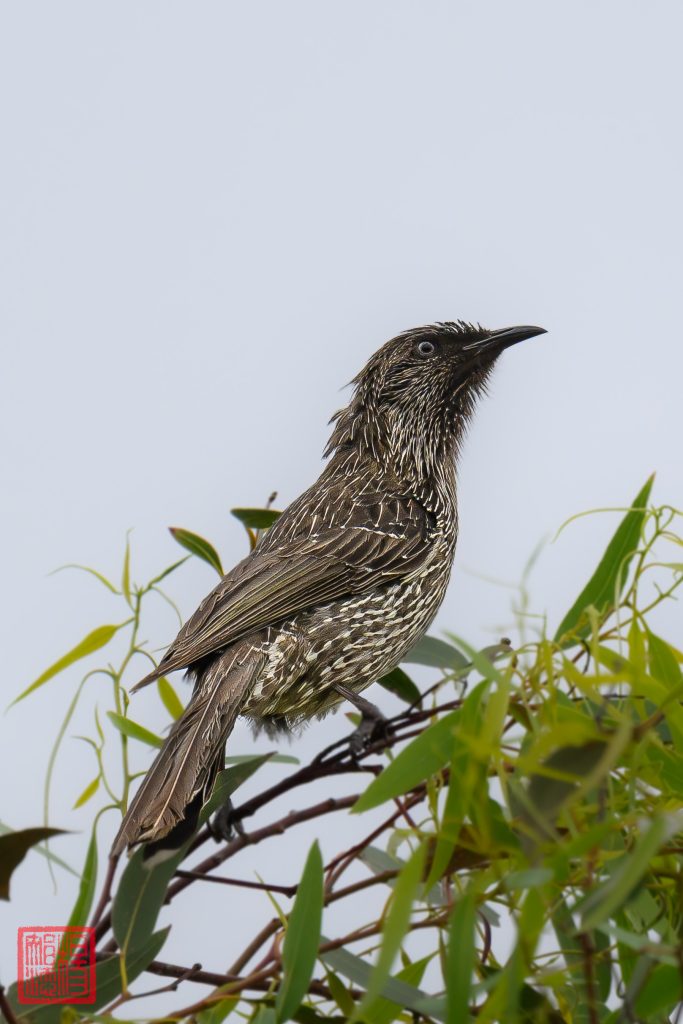On some occasions, we do see the Buff-banded Rail foraging at Trin Warren Tam-boore. This was the case on the morning of 10 November 2024.
At this time, only one Rail was seen. Sometimes, we can have 3 Rails out in the open. I hid behind a tree and try to look as non-threatening as I can be. I believed it knows that I was around but being a distance away, it must feel quite comfortable. As it seemed to be as ease with me looking on, I had time to remove the strap from my camera and held it low at ground level using the LCD screen of the camera to compose and focus. The result was a better photograph than my previous attempts. Due to the uneven ground, I was not able to get the background to be as clean as possible.
Nikon Z 9, Nikkor Z 800mm f/6.3 VR S @ 1/800s f/6.3 ISO80

